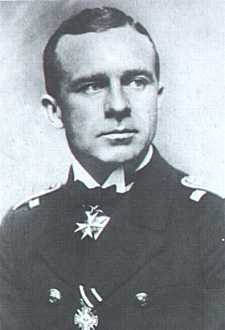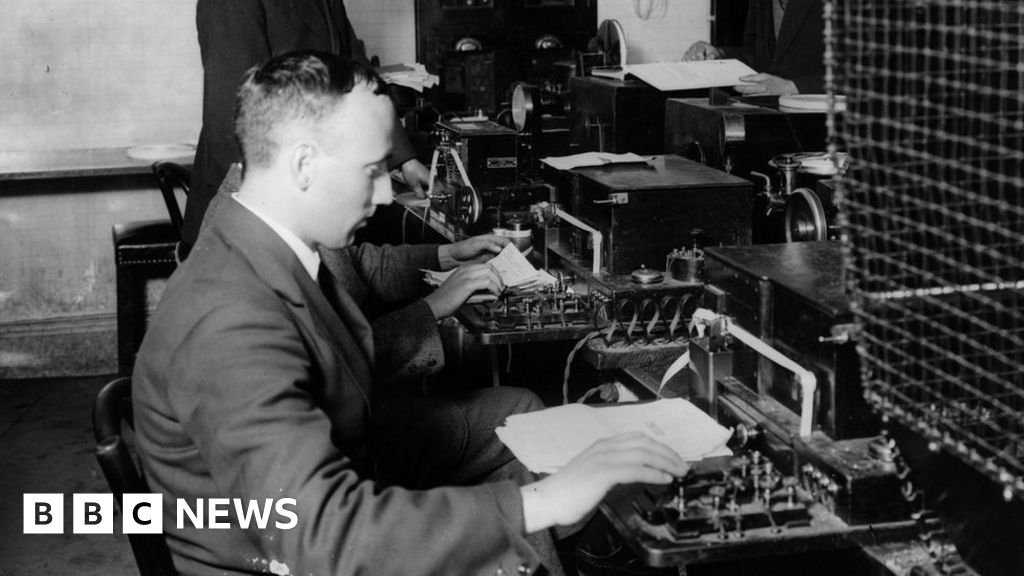5fish
Well-Known Member
- Joined
- Jul 28, 2019
- Messages
- 10,711
- Reaction score
- 4,559
Here naval minefields of the World wars... North Sea Mine Barrage was laid late in the war...

 en.wikipedia.org
en.wikipedia.org
The North Sea Mine Barrage, also known as the Northern Barrage, was a large minefield laid easterly from the Orkney Islands to Norway by the United States Navy (assisted by the Royal Navy) during World War I. The objective was to inhibit the movement of U-boats from bases in Germany to the Atlantic shipping lanes bringing supplies to the British Isles. Rear Admiral Lewis Clinton-Baker, commanding the Royal Navy minelaying force at the time, described the barrage as the "biggest mine planting stunt in the world's history."[1] Larger fields with greater numbers of mines were laid during World War II

 www.history.navy.mil
www.history.navy.mil
Finally, in the autumn of 1917, the British began at least to entertain the idea of a barrage. The impelling factor was the development by the Americans of a mine, the Mark VI, “peculiarly adaptable for use against submarines.”2 Also, as the British were seeking more and more resources from the Americans, it was good to appear to value their key naval ally’s opinions. As a result, when Admiral Alfred T. Mayo, the commander in chief of the Atlantic Fleet, led a Navy mission to England in September 1917, the British gave the barrage what Mayo considered to be qualified approval: If the U.S. provided the mines and skilled personnel to assemble them, the British would cooperate.
Here an article about Sea Mines before 1919...
https://maritimearchaeologytrust.org/naval-sea-mines/
The Forgotten Wrecks of the First World War project identified large numbers of ships lost to naval sea mines off the South coast of England. The history of these deadly devices and how they were deployed is explored here by Maritime Archaeology Trust (MAT) volunteer, Roger Burns.
The history of naval sea mines goes back further than you might suppose – Chinese records indicate the use of naval explosives in the 16th century, but these were rudimentary underwater devices triggered by shore-based personnel against Japanese pirates, so used near land. During the American Revolutionary War in 1777, devices termed ‘floating explosive torpedoes’ were set adrift in the Delaware River, the target being British ships; they succeeded in sinking HMS Cerberus, killing four crew. From the mid-19th century, sea mines were used by the Russians in the Baltic, the Americans in their Civil War 1861-1865, and during the Crimean 1853-1856 and Russo-Turkish Wars 1877-1878. Development continued into the 20th century during the Boxer Rebellion 1899-1901 and the Russo-Japanese War 1904-1905. Naval Weapons provides a historical summary of British Naval mines from the second half of the 19th century, and at the start of the First World War.

From First World War records, 15 of the German Type UCI Coastal Minelayers Class submarines were commissioned by 1916. They carried 12 mines and one machine gun with 150 rounds, but no torpedo tubes or deck gun. UC-5, shown below, was commissioned on 19 December 1915. By 27 April 1916 when it was captured after grounding on the Shipwash Shoal, 21km north of Margate, it had sunk 30 ships and damaged a further seven. 64 of the Type UCII submarines were commissioned, with seven torpedoes, 1x88mm deck gun with 133 rounds, and 18 Type UC200 mines. And 16 of the Type UCIII submarines were commission between 1916 and 1918, with seven torpedoes, 1x88mm deck gun with 230 rounds, and 14 UC200mines in six 1mØ tubes.

North Sea Mine Barrage - Wikipedia
 en.wikipedia.org
en.wikipedia.org
The North Sea Mine Barrage, also known as the Northern Barrage, was a large minefield laid easterly from the Orkney Islands to Norway by the United States Navy (assisted by the Royal Navy) during World War I. The objective was to inhibit the movement of U-boats from bases in Germany to the Atlantic shipping lanes bringing supplies to the British Isles. Rear Admiral Lewis Clinton-Baker, commanding the Royal Navy minelaying force at the time, described the barrage as the "biggest mine planting stunt in the world's history."[1] Larger fields with greater numbers of mines were laid during World War II

North Sea Mine Barrage
In the history of the United States Navy, World War I is considered a model of combined operations. The Navy worked closely with its allies, especially with the British Royal Navy. American naval units merged with their British counterparts to form commands that appeared seamless and models of...
Finally, in the autumn of 1917, the British began at least to entertain the idea of a barrage. The impelling factor was the development by the Americans of a mine, the Mark VI, “peculiarly adaptable for use against submarines.”2 Also, as the British were seeking more and more resources from the Americans, it was good to appear to value their key naval ally’s opinions. As a result, when Admiral Alfred T. Mayo, the commander in chief of the Atlantic Fleet, led a Navy mission to England in September 1917, the British gave the barrage what Mayo considered to be qualified approval: If the U.S. provided the mines and skilled personnel to assemble them, the British would cooperate.
Here an article about Sea Mines before 1919...
https://maritimearchaeologytrust.org/naval-sea-mines/
The Forgotten Wrecks of the First World War project identified large numbers of ships lost to naval sea mines off the South coast of England. The history of these deadly devices and how they were deployed is explored here by Maritime Archaeology Trust (MAT) volunteer, Roger Burns.
The history of naval sea mines goes back further than you might suppose – Chinese records indicate the use of naval explosives in the 16th century, but these were rudimentary underwater devices triggered by shore-based personnel against Japanese pirates, so used near land. During the American Revolutionary War in 1777, devices termed ‘floating explosive torpedoes’ were set adrift in the Delaware River, the target being British ships; they succeeded in sinking HMS Cerberus, killing four crew. From the mid-19th century, sea mines were used by the Russians in the Baltic, the Americans in their Civil War 1861-1865, and during the Crimean 1853-1856 and Russo-Turkish Wars 1877-1878. Development continued into the 20th century during the Boxer Rebellion 1899-1901 and the Russo-Japanese War 1904-1905. Naval Weapons provides a historical summary of British Naval mines from the second half of the 19th century, and at the start of the First World War.

From First World War records, 15 of the German Type UCI Coastal Minelayers Class submarines were commissioned by 1916. They carried 12 mines and one machine gun with 150 rounds, but no torpedo tubes or deck gun. UC-5, shown below, was commissioned on 19 December 1915. By 27 April 1916 when it was captured after grounding on the Shipwash Shoal, 21km north of Margate, it had sunk 30 ships and damaged a further seven. 64 of the Type UCII submarines were commissioned, with seven torpedoes, 1x88mm deck gun with 133 rounds, and 18 Type UC200 mines. And 16 of the Type UCIII submarines were commission between 1916 and 1918, with seven torpedoes, 1x88mm deck gun with 230 rounds, and 14 UC200mines in six 1mØ tubes.




